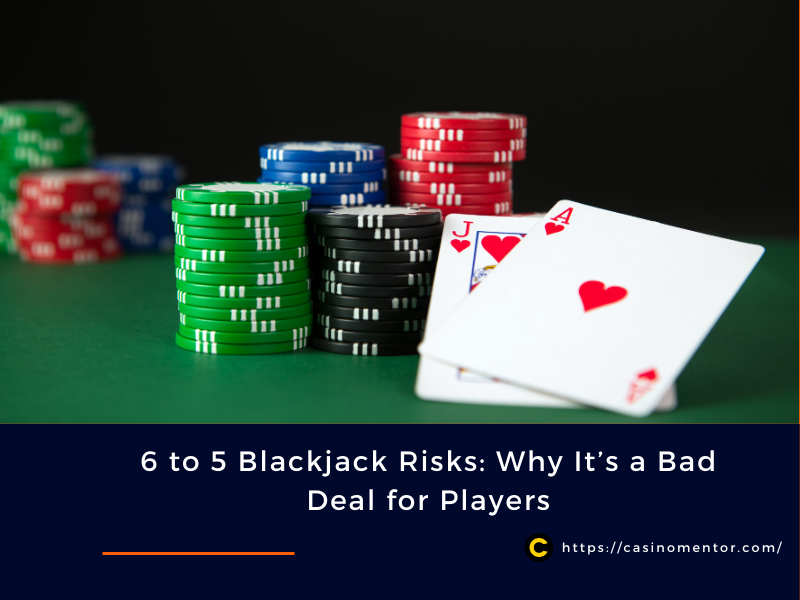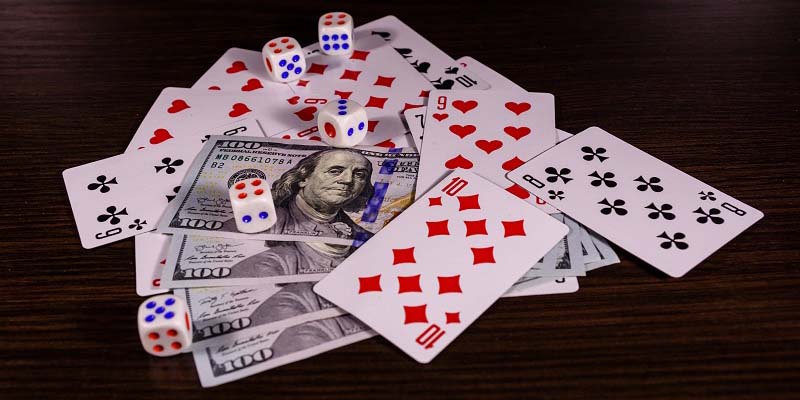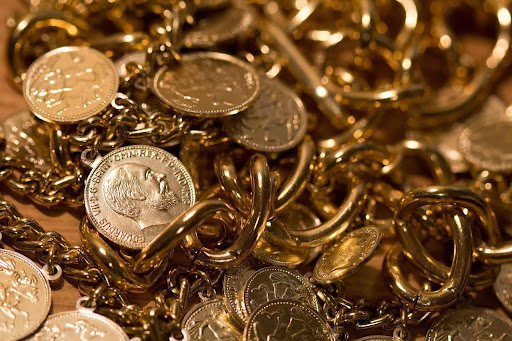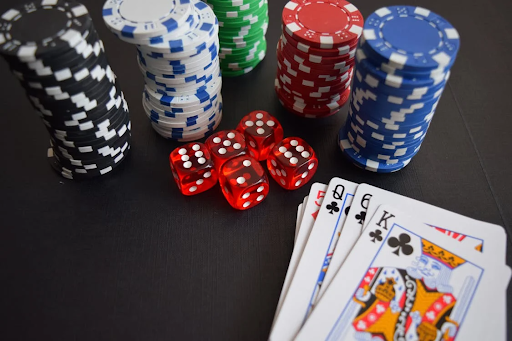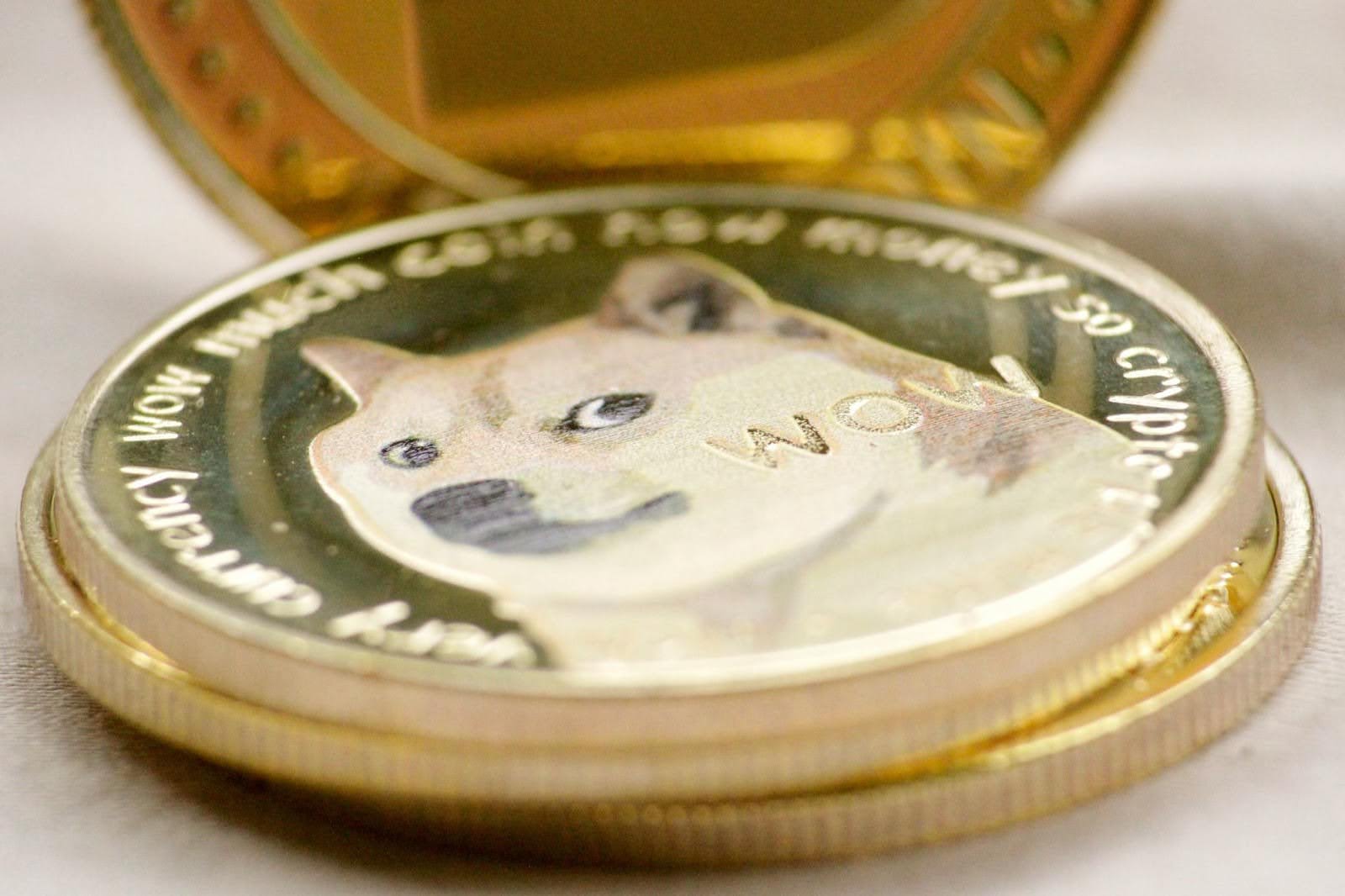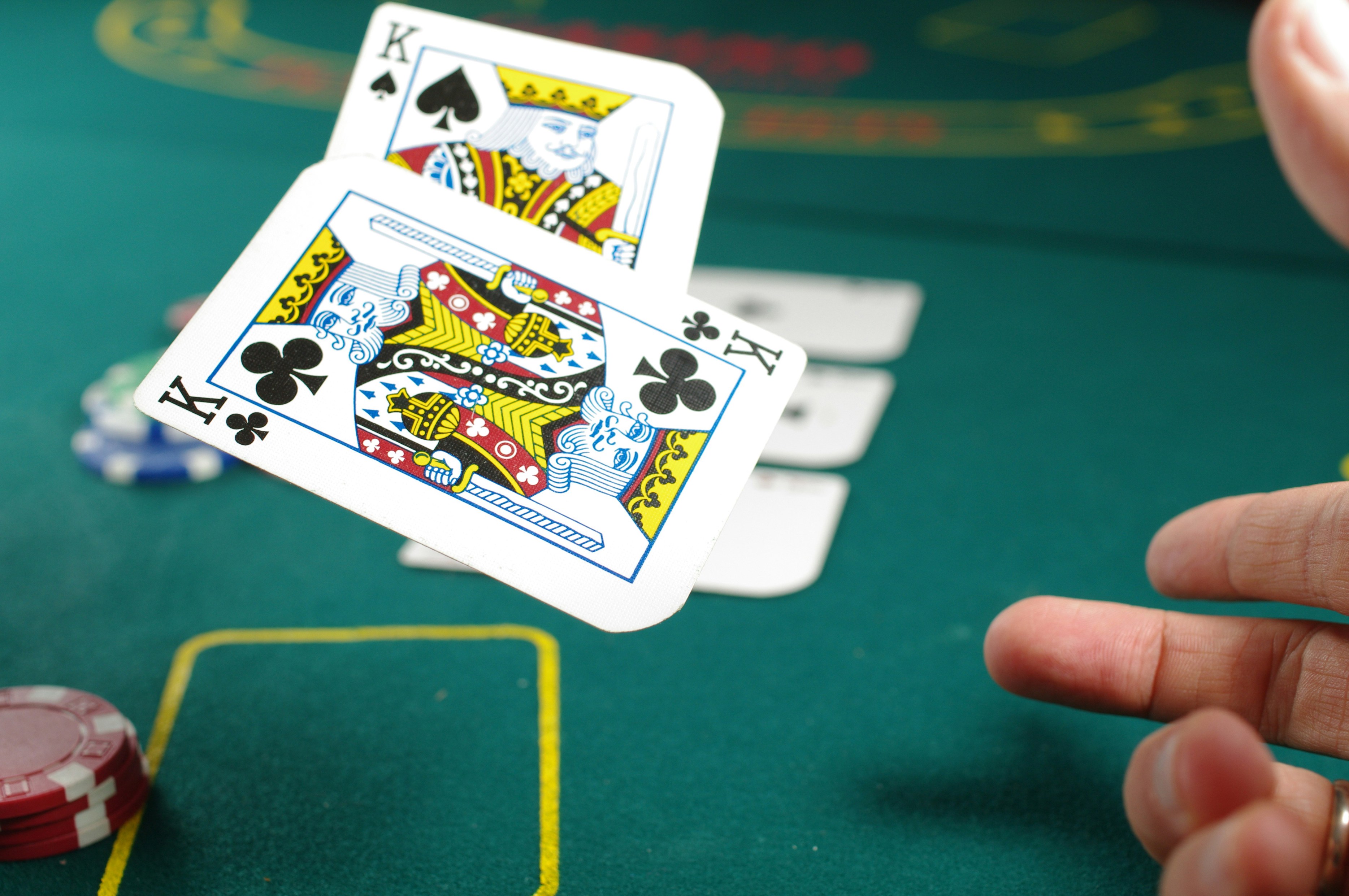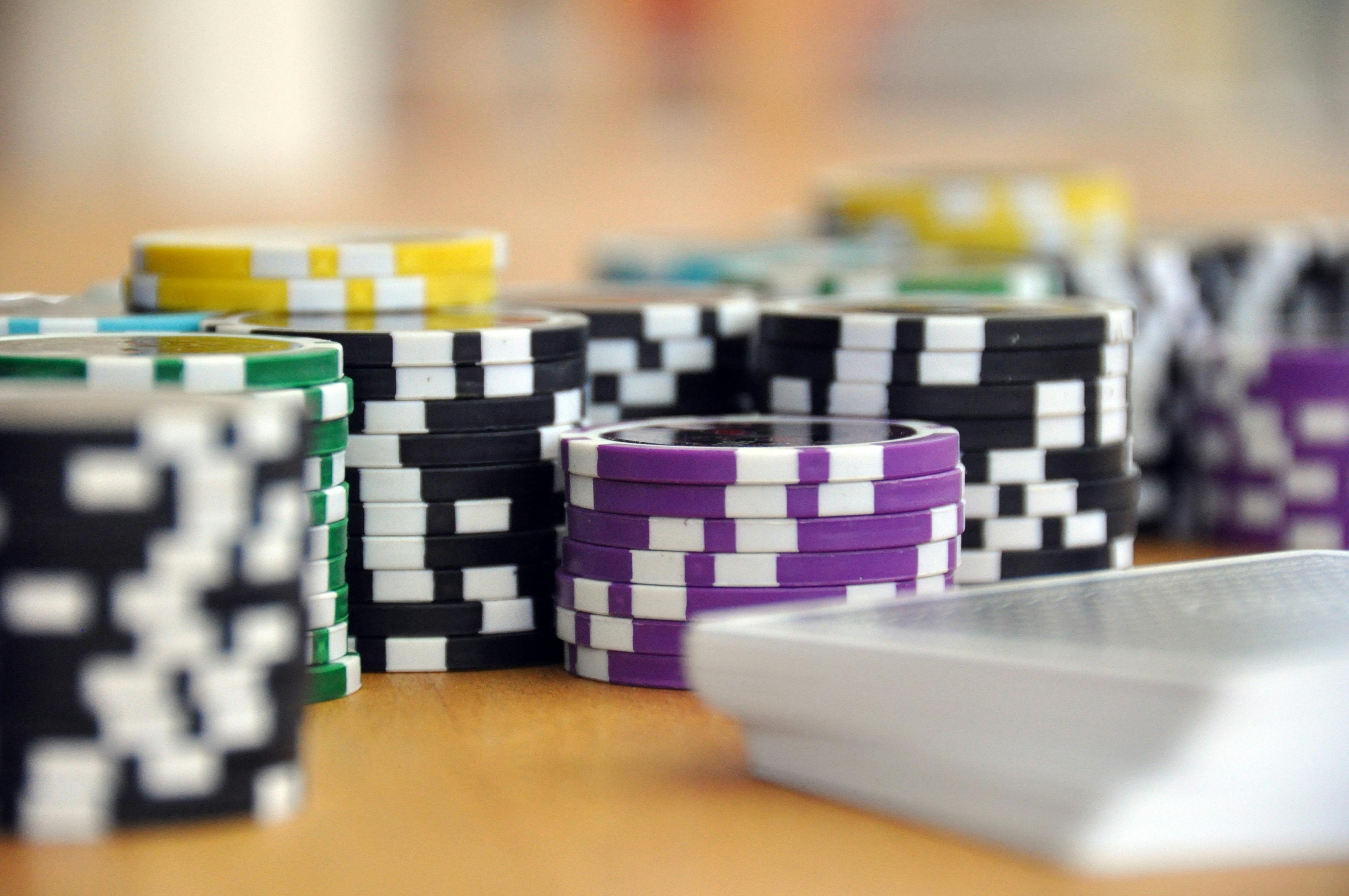When to Surrender in Blackjack: Tips to Maximize Your Wins
Blackjack surrender is a strategic option that allows players to forfeit half their bet and end the round early if they believe their chances of winning are low. This advanced tactic, while not available in all Blackjack games, can significantly reduce losses when used correctly. Understanding when and how to use surrender is key to optimizing your strategy and minimizing the house edge.
In this guide, we’ll explore the rules, types, and best situations for using blackjack surrender to improve your overall gameplay.
Blackjack Surrender Rules
Blackjack surrender allows players to forfeit half their bet and end the round after receiving their first two cards. This option is useful when players believe their chances of winning are low based on the dealer’s upcard.
- Surrender is only available after the initial two cards are dealt.
- Not all Blackjack versions offer surrender, so check the game rules.
When used correctly, surrender helps reduce losses and lowers the house edge.
Note: Before diving into blackjack surrender strategy, it's important to fully understand the basic rules and gameplay of blackjack first.
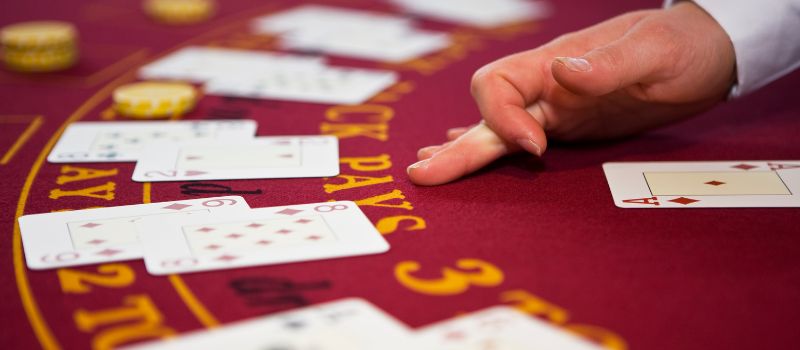
Types of Blackjack Surrender
When it comes to surrendering in blackjack, there are two main types: Early Surrender and Late Surrender. Each option has its own advantages and specific scenarios where it is beneficial for players.
Early Surrender
Early surrender allows players to surrender half their bet before the dealer checks for Blackjack, which gives players a significant advantage, especially when the dealer shows an Ace or a 10. This option was introduced in the late 1970s in Atlantic City as part of an attempt to attract more players with liberal rules.
However, it turned out to be highly unfavorable for casinos, reducing the house edge by up to 0.6%. After the initial two cards are dealt, players can choose to surrender without waiting for the dealer to check their hole card. This is particularly useful when the player has a weak hand against the dealer’s Ace or 10.
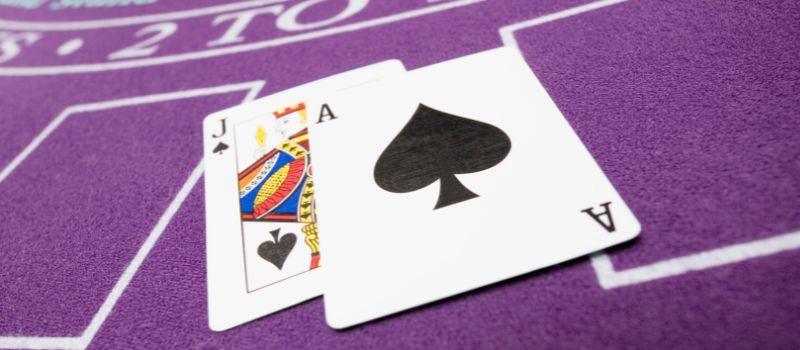
Although early surrender is rare in land-based casinos today due to its high impact on casino profits, it can sometimes be found in online casinos. If available, players should carefully review the house rules, as casinos may tweak them to offset the loss in house edge.
For optimal use, players should surrender hard 14, 15, or 16 when the dealer shows a 10, and surrender hands like hard 5, 6, 7, 12 - 17 against a dealer’s Ace.
Late Surrender
Late surrender allows players to forfeit their hand and reclaim half their bet, but only after the dealer checks for Blackjack. This rule is more common than early surrender, but it provides a smaller reduction in the house edge, typically around 0.05% to 0.1%. Despite being less advantageous than early surrender, it remains a useful strategy for reducing long-term losses.
After the dealer checks their hand for Blackjack and does not have it, players can opt to surrender, giving up half of their original bet. This option helps players avoid playing out hands that are statistically likely to lose.
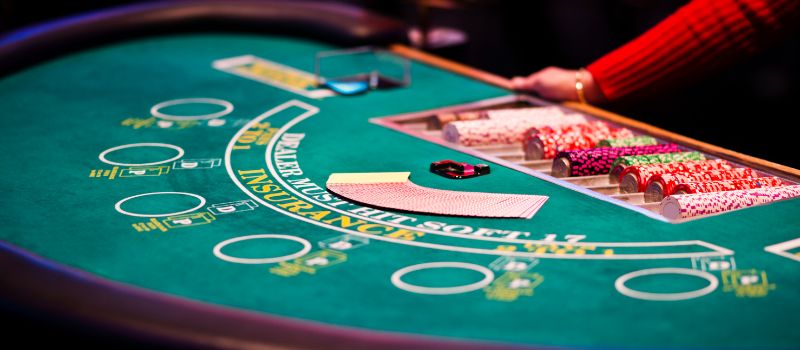
For example, against a dealer’s 9 upcard, you should surrender with a hard 16 only if the game uses four or more decks. When the dealer has a 10, always surrender a hard 16 and surrender 15 in multi-deck games.
If the dealer shows an Ace, your decision will depend on whether the house hits or stands on soft 17. If the dealer stands on all 17s, you should always surrender a hard 16. However, if the house hits soft 17, surrender hands like 15, 16, and 17 regardless of the number of decks.
When to Surrender in Blackjack
The decision to surrender depends on the situation and the rules of the specific game you're playing. Below, we'll outline when to use early surrender and late surrender in various scenarios to maximize your chances of saving part of your bet.
When to Use Early Surrender
Here are the key scenarios when early surrender should be used:
When the dealer has an Ace or 10:
If the dealer is showing an Ace or 10, the chances of them having a Blackjack or a strong hand are high. Surrendering early in this situation allows you to recover half your bet before it's too late.
Optimal Hands to Surrender: Hard 14, 15, or 16. These hands are weak, and the dealer’s strong upcard makes it very likely you will lose if you continue playing. |
With Hard 12 - 16 Against Dealer's Ace:
When the dealer’s upcard is an Ace, you should surrender with Hard 12, 13, 14, 15, and 16. In these cases, your chances of winning are low, and surrendering early is the best way to minimize your losses.
If the dealer also has the rule of hitting on soft 17, you can consider surrendering with lower hands such as Hard 4, 5, 6, as the dealer’s chance of getting a strong hand is even higher.
{Not sure what a Hard Hand is? Check out this article: Hard and soft hands in blackjack}
When the Dealer Hits on Soft 17:
In games where the dealer is required to hit on soft 17 (Ace + 6), you should surrender hands like Hard 15, 16, and 17. The dealer’s chances of improving their hand are high, and you should avoid risking your full bet in these situations.
In general, early surrender is very effective in multi-deck games, and you should always consider using it when the dealer’s upcard is strong, such as an Ace or 10. By making these strategic decisions, you’ll significantly reduce the house edge and improve your long-term results.
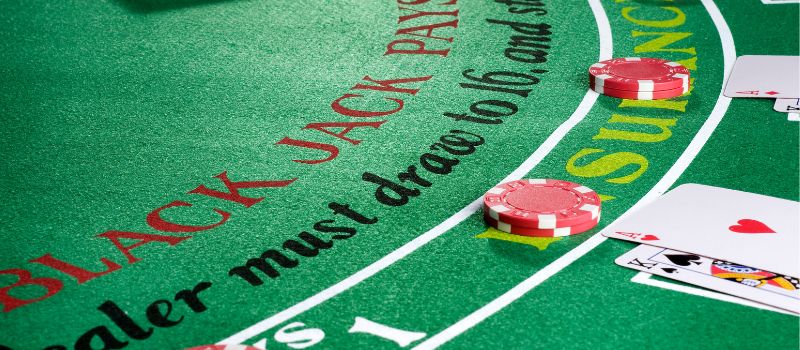
When to Use Late Surrender
Late surrender comes into play after the dealer checks for Blackjack. While it’s less advantageous than early surrender, it’s still an important tool in minimizing losses in specific scenarios. Here are the best times to use late surrender:
Hard 16 Against Dealer's 9, 10, or Ace:
Hard 16 is one of the worst hands in Blackjack, especially when the dealer has a 9, 10, or Ace. The chances of the dealer having a strong hand are high, and the risk of busting if you hit is substantial. Surrendering in this situation helps you save half your bet instead of losing it all.
Hard 15 Against Dealer's 10:
When you’re dealt a Hard 15 and the dealer has a 10 or face card, you’re in a losing position. The dealer’s chances of getting a 20 are high, and you are likely to bust if you hit. In this situation, surrendering is the best move to protect part of your wager.
Hard 17+ Against Dealer's Ace in Soft 17 Games:
In games where the dealer hits on soft 17, you should surrender with Hard 17 or higher if the dealer is showing an Ace. The dealer has a strong chance of getting a Blackjack or a higher hand, and your options for improving your hand are limited.
- Surrendering here prevents you from losing the entire bet in a high-risk scenario.
Late Surrender in Multi-Deck Games:
Late surrender is particularly useful in multi-deck Blackjack games. When the dealer has a 9 or 10, and you have a Hard 16, or when the dealer has an Ace, and you have Hard 15 or 16, surrendering helps you avoid significant losses.
- In these situations, surrendering prevents you from playing a hand that has a very low chance of winning.
When Not to Surrender in Blackjack
While surrender can be a valuable tool, it should not be used in every situation. Below are key scenarios where you should avoid surrendering:
Situation | Explanation |
Dealer has a weak upcard (2 to 6) | If the dealer’s upcard is weak, you should not surrender. The dealer is more likely to bust, giving you a better chance to win. |
You have a soft hand | When you have a soft hand (an Ace and another card), your chances of improving are higher since the Ace can count as 1 or 11, so don't surrender. |
You have a pair of 8s | Instead of surrendering, always split a pair of 8s. This increases your chances of winning by playing two separate hands. |
Single deck games | In single deck games, it’s generally not favorable to surrender unless the dealer has a very strong upcard (like a 10 or Ace). |
How to Surrender in Blackjack
Surrendering in Blackjack can vary depending on the type of casino you're playing at - whether it’s a land-based casino or an online platform. Here’s how you can properly surrender in each setting:
Land-Based Casinos
Surrendering in a physical casino requires clear communication with the dealer. However, the exact method can vary by location:
- Hand Signal: In most casinos, you can draw a horizontal line behind your bet with your index finger to indicate a surrender. This is the most commonly accepted signal in shoe-dealt Blackjack.
- Verbal Declaration: Some casinos may also require you to verbally announce "Surrender" along with the hand signal, ensuring the dealer acknowledges your decision.
- Varied Rules: In certain land-based casinos, you might only need to verbally say "surrender" without a hand signal. Since the rules are not always posted at the table, it’s a good idea to ask the dealer if surrender is allowed and how to properly signal it.
If you're unsure about the rules at the table, always ask the dealer if early or late surrender is available and clarify the proper etiquette for signaling.
Online Casinos
Surrendering in an online Blackjack game is much simpler, thanks to the streamlined interface:
- Surrender Button: In online Blackjack games, there will be a clear "Surrender" button that appears after the first two cards are dealt. This button becomes available only if surrender is allowed in the game’s rules.
- Simple Click: To surrender, simply click the "Surrender" button and the system will automatically deduct half of your original bet and end your round.
Note: You need to carefully select a trusted casino to ensure a safe and enjoyable gaming experience.
Live Dealer Online Blackjack
For live dealer Blackjack played online, surrendering combines elements of both land-based and traditional online games:
- On-Screen Option: After the dealer deals your cards, a surrender option will appear on your screen if it's allowed in the game. Simply click the button to confirm your surrender.
- Dealer Interaction: The live dealer will process the surrender, deducting half of your bet, and the round will end, much like in a physical casino.
By following these steps and being aware of the surrender rules in both land-based and online casinos, you can effectively use this option to manage your bets and minimize losses.
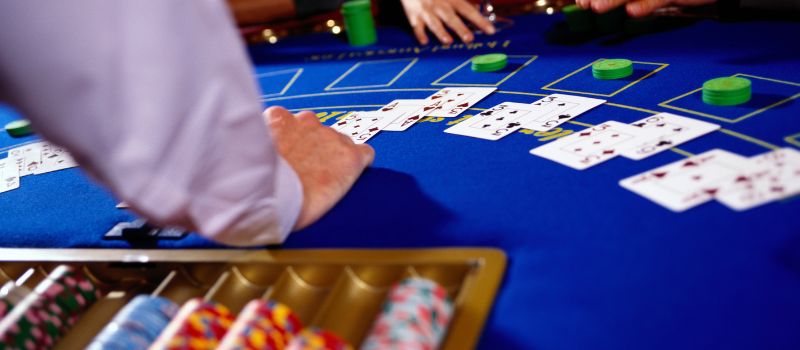
FAQs
What is surrender in Blackjack?
Surrender in Blackjack is an option that allows you to forfeit half of your original bet and exit the round early if you believe your hand has little chance of winning. This decision is made after receiving your first two cards and before drawing additional cards.
When should I surrender in Blackjack?
You should surrender when your chances of winning are very low. The most common situations to surrender are when you have a hard 16 against the dealer’s 9, 10, or Ace, or a hard 15 against the dealer’s 10. These hands have a high probability of losing, making surrender the better option.
What’s the difference between early surrender and late surrender?
- Early surrender allows you to surrender before the dealer checks for Blackjack, giving you a greater advantage. It is rare and offers a significant reduction in the house edge.
- Late surrender occurs after the dealer checks for Blackjack. If the dealer doesn’t have Blackjack, you can then choose to surrender. While not as beneficial as early surrender, it’s more commonly available.
Does surrender reduce the house edge?
Yes, when used correctly, surrender can reduce the house edge. Early surrender can lower the house edge by up to 0.6%, while late surrender can reduce it by around 0.05% to 0.1%.
Is surrender available in all Blackjack games?
No, not all Blackjack games offer surrender. Late surrender is more common than early surrender, but you should always check the rules of the specific game or casino to see if surrender is allowed.
Can I surrender after hitting in Blackjack?
No, surrender is only available before any additional cards are drawn. Once you hit, stand, or double down, the option to surrender is no longer available.
What is the best strategy for using surrender in Blackjack?
The best strategy for using surrender is to forfeit your hand in situations where the odds are heavily against you. The most common hands to surrender are hard 16 against a dealer’s 9, 10, or Ace, and hard 15 against a dealer’s 10. In these cases, surrendering helps minimize your losses over time.










